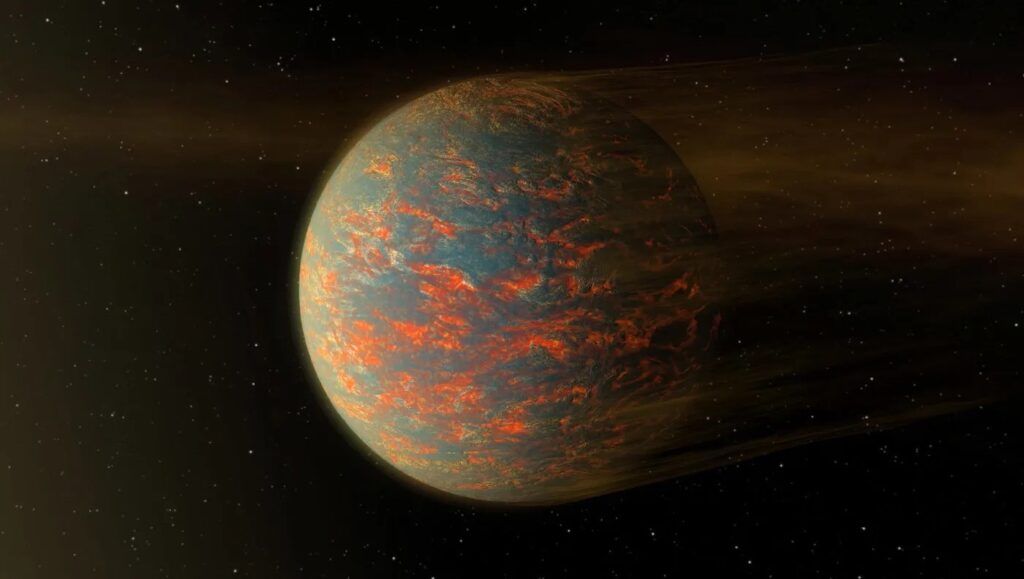An international team of astronomers has reported the discovery of a previously unknown extrasolar world orbiting a nearby star. This is the first exoplanet discovered with the new NEID Earth Twin Survey (NETS) instrument.

NEID is a spectrograph mounted on the 3.5-meter WIYN1 telescope at Kitt Peak National Observatory in Arizona. It is used to search for low-mass exoplanets in nearby bright stars. NEID has recently recorded its first find — a super-Earth orbiting the star HD 86728.
HD 86728 is a yellow dwarf located 48.6 light-years away from the Sun. Its mass is comparable to the solar mass, and its radius exceeds that of the Sun by about a quarter.
In total, NEID observed HD 86728 on 137 separate nights over three years. It was able to detect a change in the radial velocity of the star caused by the presence of its invisible companion. Further analysis showed that it is a body with a mass 9.16 times that of the Earth. It has an orbital period of 31.15 days and orbits at a distance of 0.19 a. e. (28 million km) from the parent luminary.
According to the researchers, the vast majority of exoplanets (over 88%) with similar masses and orbital periods are in multi-planet systems. Therefore, they plan to continue studying this system to search for other worlds.
Earlier we covered how astronomers found an Earth-like exoplanet near a dead star.
According to Phys.org


